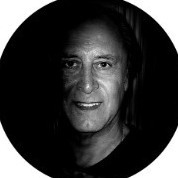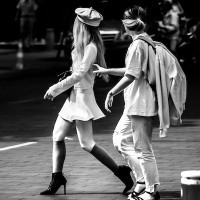Making contact sheets using Epson scanner and Printer
-
Recently Browsing 0 members
- No registered users viewing this page.
-
Similar Content
-
- 32 replies
- 5,032 views
-
- 3 replies
- 449 views
-
- 16 replies
- 417 views
-
- 9 replies
- 1,400 views
-
Film / Handgepäck-Scans an Flughäfen mittels CT-Scanner und herkömmlichen X-Ray-Scanner
By Andreas_Kreuz,
- 2 replies
- 666 views
-



Recommended Posts
Join the conversation
You can post now and register later. If you have an account, sign in now to post with your account.
Note: Your post will require moderator approval before it will be visible.